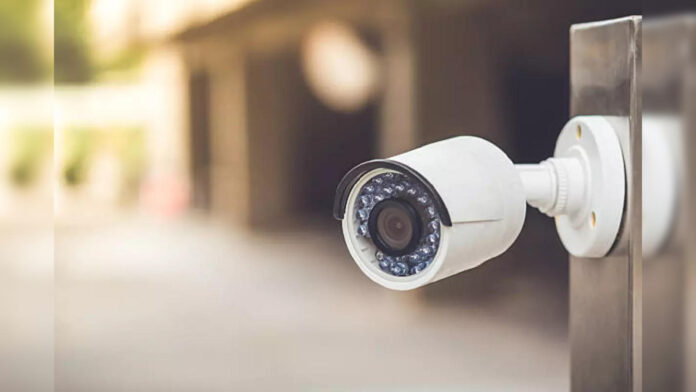I am old enough to remember when choosing the right security cameras for your home was a pretty simple task. Options were limited. For so many of us, the choice was really a matter of pricing. We purchased what we could afford.
But things have changed. These days, security camera choices often boil down to priorities.
The fact is that we have so many more choices today. One can visit the world’s largest online retailer and find dozens of different security cameras.
There are entry level cameras, mid-range cameras, and top-of-the-line cameras with all the bells and whistles. And that is just on one website.
How many more websites could you visit? If you are not into online shopping, you can always go to your local big box DIY store and find up to a dozen options. Even big box department stores sell security cameras.
Wired or Wireless
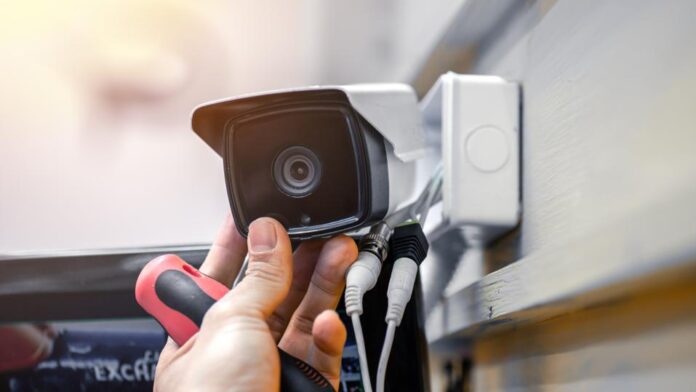
The starting point for many a homeowner is deciding between wired and wireless cameras. Vivint Home Security did an entire writeup on wired and wireless cameras not too long ago. It’s a great post you can read here.
Needless to say,there are advantages and disadvantages to both types of cameras. The wired camera’s strongest selling point is not having to worry about replacing batteries. As long as the power is on in the home, the camera has power to operate.
On the other hand, a wireless camera’s biggest advantage is portability. You can move it around the house. You can easily change the view just by slightly changing the camera’s position. And of course, wireless cameras can be installed without major construction.
Activation and Data Storage
A consumer’s choices do not end after the decision between wired and wireless. Next up are activation and data storage.
In terms of activation, do you want your cameras to be active 24/7? Do you want access to live feeds at any time the urge strikes? If not, you might prefer cameras that only activate when motion is detected. They obviously use less battery power.
Regardless of activation preferences, security cameras generate data. What happens to that data matters. It also affects how easily you can access said data.
Many entry level cameras offer local data storage only. They come with a small data card on which images are stored. But once a card is full, either the camera stops saving data or begins overwriting the oldest data as new data is stored.
More advanced security cameras transmit data to an external storage destination via a home’s Wi-Fi network or the internet. Such an arrangement affords the opportunity to store more data. But external data storage costs money.
Additional Security Camera Features
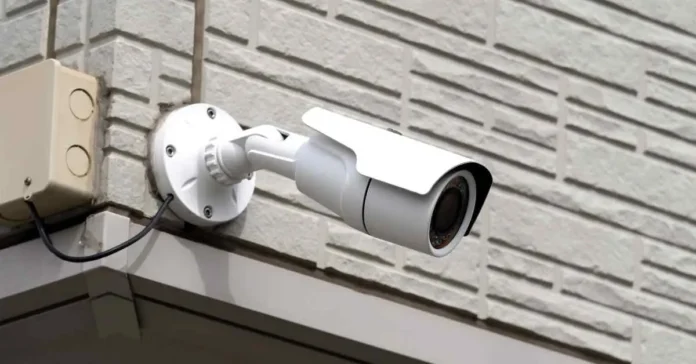
Once you get past wired versus wireless, activation, and data storage, you move on to all the other features security cameras offer. Believe me when I say there are a lot of them. Let ustake a look at the most popular:
1. Customized Views
It’s possible to invest in security cameras that offer customized views by way of tilt, pan, and zoom. You can capture nearly any angle within reason. And if you are lucky, you can change camera views even when you’re not home. Just bring up your smartphone and load the app it came with the cameras.
2. Advanced Motion Detection
Assuming you prefer security cameras that are motion activated, you may find that the feature doesn’t perform as well as you would like. That is because default settings aren’t necessarily optimal for your situation.
More advanced cameras offer greater control over motion detection. You can increase or decrease the distance, for example.
In some cases, you can even teach your cameras to distinguish between human beings and pets. You can tell the camera to ignore cars. The possibilities for motion detection customization are pretty impressive.
3. Night Vision
Pricier security cameras tend to offer night vision capabilities. Night vision makes a camera ideal for around the clock surveillance. However, some night vision technologies work better than others. With greater capabilities comes a higher price as well.
4. On Board Audio Capabilities
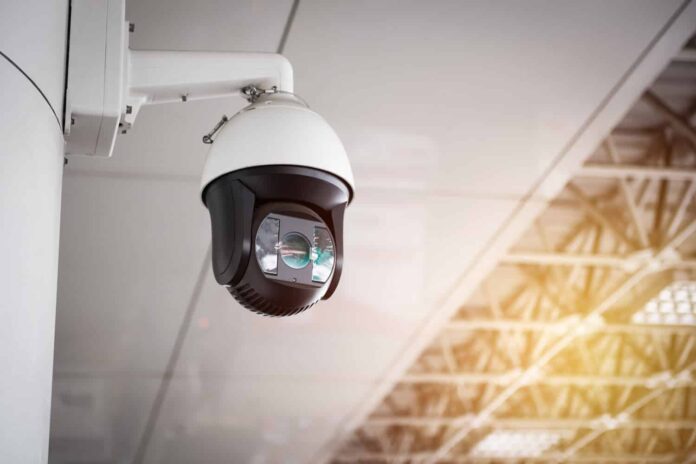
One of my favorite features in modern security cameras is onboard audio. A camera with built-in audio supports having conversations with guests. This sort of technology is usually built into video doorbells. It is a fantastic capability.
Onboard audio lets you communicate with guests from wherever you are. But that’s not all. You can also communicate with your pets while at work. You can communicate with the kids after school, making sure they are doing their homework instead of playing video games.
Price Is Still a Consideration
Although price does not carry the same weight it used to some 30 years ago, it is still a consideration for many homeowners. They can only afford to spend so much on home security devices, so they limit what they invest in their cameras.
For me, coverage is a priority. I understand the need to cover the entire first floor of the house with exterior cameras. Therefore, I am willing to sacrifice certain features in order to be able to afford more devices.
I am a big fan of onboard audio. Yet I don’t need all of my exterior cameras to have that feature. I can spend a little bit more on a video doorbell but then save on the rest of my exterior cameras by excluding that feature.
Choose What’s Best for You
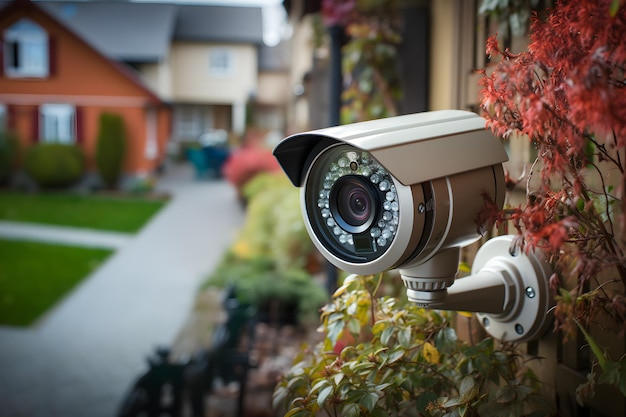
We can distill all of this down by recognizing that each consumer can choose whatever cameras are best for them. Everything from power source to motion activation to extra features are in play. So is price. For the typical homeowner, it is a matter of ranking priorities and then going from there.
What are your priorities for video surveillance? Regardless of what they might be, there are enough camera options out there to find something that works for you. Your priorities should dictate the cameras you purchase as well as the features you invest in.

